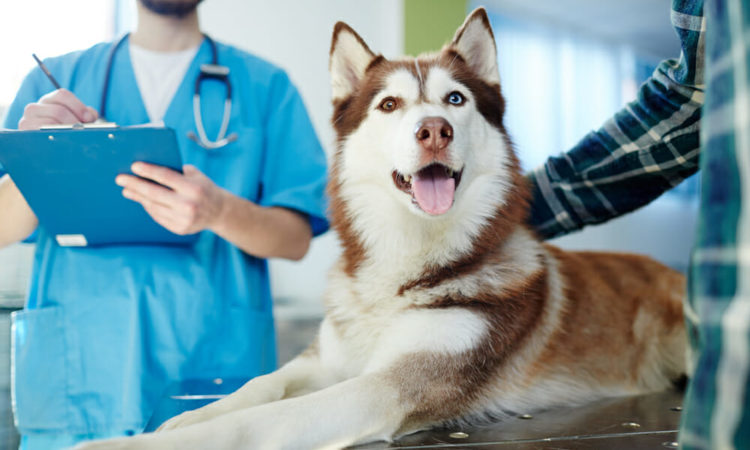The most commonly diagnosed health problem in cats is oral disease. Bad breath, red and swollen gums, changes in appetite/eating and chewing habits, depression or pawing at the face are all symptoms of a greater, underlying problem(s) and should be treated immediately. At our clinic, we provide a full range of dental care services to help your cat live a long, happy and healthy life.
What is involved in a dental cleaning procedure?
Dental cleanings for cats are all performed under a general anesthetic. We make this a very safe procedure by thoroughly examining your cat, running pre-operative blood work, keeping your cat well hydrated with iv fluids and closely monitoring anesthesia throughout the dental procedure. All the teeth are thoroughly cleaned and polished, dental x-rays are taken to look for underlying disease and, if necessary, diseased teeth are removed. The gums are carefully stitched back up and your cat is slowly woken up from anesthetic. Pain medication and local anesthesia (freezing) is used throughout the procedure to ensure there is no pain. Cats recover well from dental cleanings and are ready to go home by dinner time.
What are signs of dental problems in cats?
Cats do not tend to show signs of pain very often. They can have terrible oral infections, cavities and periodontal disease and will still eat their food and groom normally. If they do show signs of pain, you can bet they are very painful. Lifting your cat’s lips and looking for red gums, tartar build up on the teeth and a bad smell to their breath is one way to tell how their oral health is. If you have any concerns, please ask your veterinarian to examine your cat’s teeth.
Are some breeds more susceptible than others?
Any of the flat-faced cat breeds such as Persians and Himalayans could potentially have more dental issues than others.
What is feline tooth resorption?
Feline tooth resorption is the term veterinarians use to describe painful cavities that occur in cat’s teeth. They are small, red areas on the teeth where the enamel has eroded away and the underlying pulp and nerves are exposed. These cavities are quite painful. Even when the cat is under anesthetic they feel us touching the cavity and chatter their teeth in pain. These teeth should always be extracted, trying to fill a cavity in these teeth do not work.



